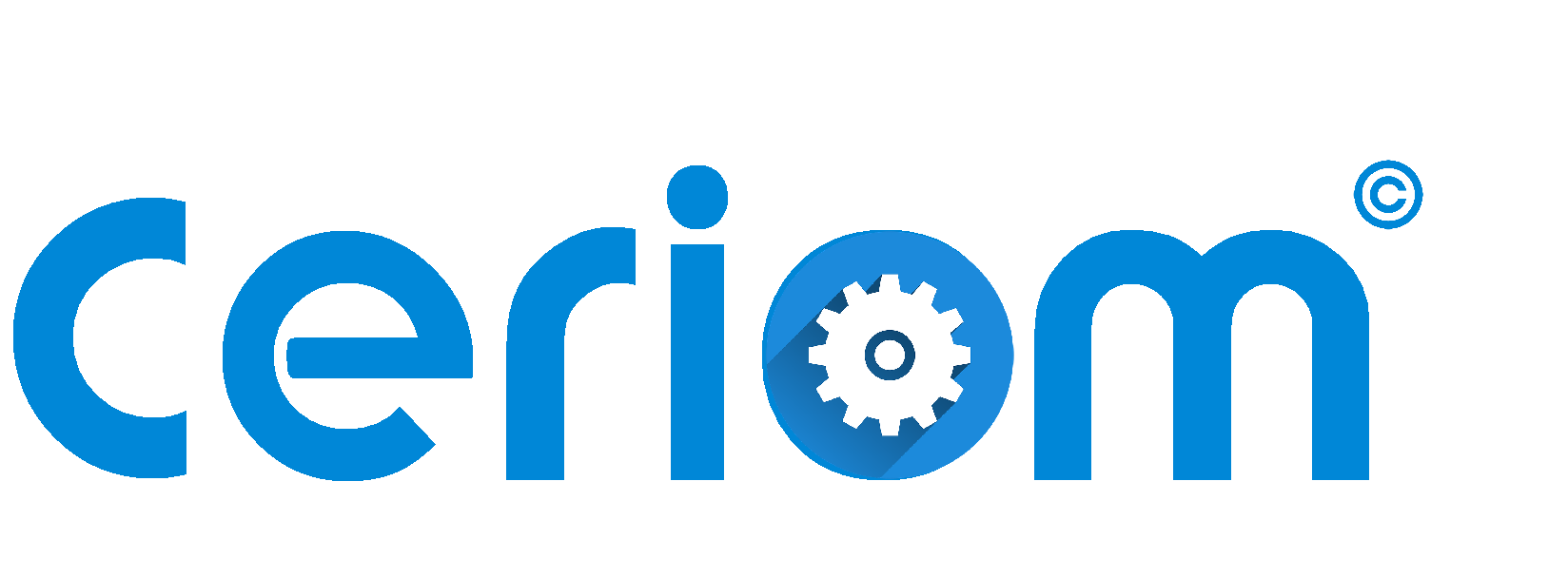Enhancing Wound Care with PCR Molecular Testing
Polymerase Chain Reaction (PCR) molecular testing offers a groundbreaking advantage over traditional culture-based methods in diagnosing wound infections. By integrating PCR technology into a mobile wound care clinic, providers can achieve faster, more precise diagnoses, leading to improved patient outcomes and greater operational efficiency.
Key Advantages of PCR Molecular Testing in Wound Care:
✅ Unmatched Sensitivity & Specificity
PCR detects even low levels of bacterial DNA, including hard-to-culture and slow-growing pathogens, ensuring a more accurate diagnosis than traditional methods.
✅ Rapid Results for Timely Treatment
Unlike cultures that take days, PCR delivers results within hours, enabling faster clinical decisions and interventionsto reduce complications.
✅ Comprehensive Pathogen Detection
PCR identifies a broad spectrum of bacteria, viruses, and fungi, including co-infections, providing a complete microbial profile of the wound.
✅ Advanced Antibiotic Resistance Detection
PCR can detect specific antibiotic resistance genes, allowing for targeted antibiotic therapy and better antimicrobial stewardship to prevent resistance.
Empower Your Wound Care Clinic with PCR Technology
Leverage the speed and precision of PCR molecular testing to transform wound care efficiency, accuracy, and patient outcomes.

AEGIS WOUND CARE
Designing a telemedicine-based wound care clinic in Pinellas County, Florida, leveraging Dr. Lockett’s expertise and existing resources, involves integrating telehealth technologies with on-site services to provide comprehensive care. Here’s a structured approach:
1. Telemedicine Platform Implementation
Develop a secure, HIPAA-compliant telemedicine platform that enables virtual consultations between Dr. Lockett and patients in various settings, including Assisted Living Facilities (ALFs), Independent Living Facilities (ILFs), hospitals, and Skilled Nursing Facilities (SNFs). This platform should support high-quality video conferencing and the sharing of medical images and records. Utilizing telemedicine in wound care has been shown to be as effective as traditional methods, with benefits such as improved access to specialized care and reduced need for in-person visits.
2. Mobile Wound Care Services
Establish a team of trained wound care specialists who can visit patients in ALFs, ILFs, and other residential settings to collect samples and perform initial assessments. This mobile team ensures that patients receive timely care without the need to travel, which is particularly beneficial for those with mobility issues. The integration of telemedicine with ambulatory wound care teams has been associated with improved patient outcomes and satisfaction.
3. Collaboration with Healthcare Facilities
Coordinate with local hospitals and SNFs to facilitate the collection of wound samples by their staff, which can then be picked up by Dr. Lockett’s team for analysis. Following sample collection, schedule telemedicine consultations to discuss findings and treatment plans. This collaborative approach enhances continuity of care and leverages existing healthcare infrastructure.
4. Training and Education
Provide training programs for staff at partner facilities to ensure proper wound assessment, documentation, and sample collection techniques. Educated staff can effectively collaborate during telemedicine consultations, leading to more accurate diagnoses and treatment plans. Implementing telemedicine in wound care requires addressing challenges such as staff training and workflow integration.
5. Patient and Caregiver Engagement
Educate patients and their caregivers on using the telemedicine platform, understanding treatment protocols, and recognizing signs that require immediate attention. Empowering patients and caregivers fosters adherence to treatment plans and improves outcomes. Telemedicine facilitates patient-centered care by allowing patients to receive specialized wound care in the comfort of their homes, reducing stress and travel-related challenges.
6. Integration with Electronic Health Records (EHR)
Ensure that the telemedicine platform integrates seamlessly with existing EHR systems to maintain comprehensive and up-to-date patient records. This integration allows for efficient information sharing among healthcare providers and supports coordinated care.
7. Compliance and Quality Assurance
Regularly review telemedicine practices to ensure compliance with state and federal regulations. Implement quality assurance protocols to monitor patient outcomes, satisfaction, and the effectiveness of telemedicine consultations. Studies have shown that telemedicine in wound care is effective and safe, meeting noninferiority criteria compared to conventional care.
8. Community Outreach
Engage with local ALFs and ILFs in Pinellas County to offer wound care services. Facilities such as Magnolia Gardens Assisted Living Facility in Pinellas Park and Volante of Pinellas Park could benefit from these services. Collaborating with these communities can enhance access to specialized wound care for their residents.
By integrating telemedicine with on-site wound care services, Dr. Lockett’s clinic can provide accessible, efficient, and high-quality care to patients across Pinellas County, addressing the unique challenges of wound management in various healthcare settings.
